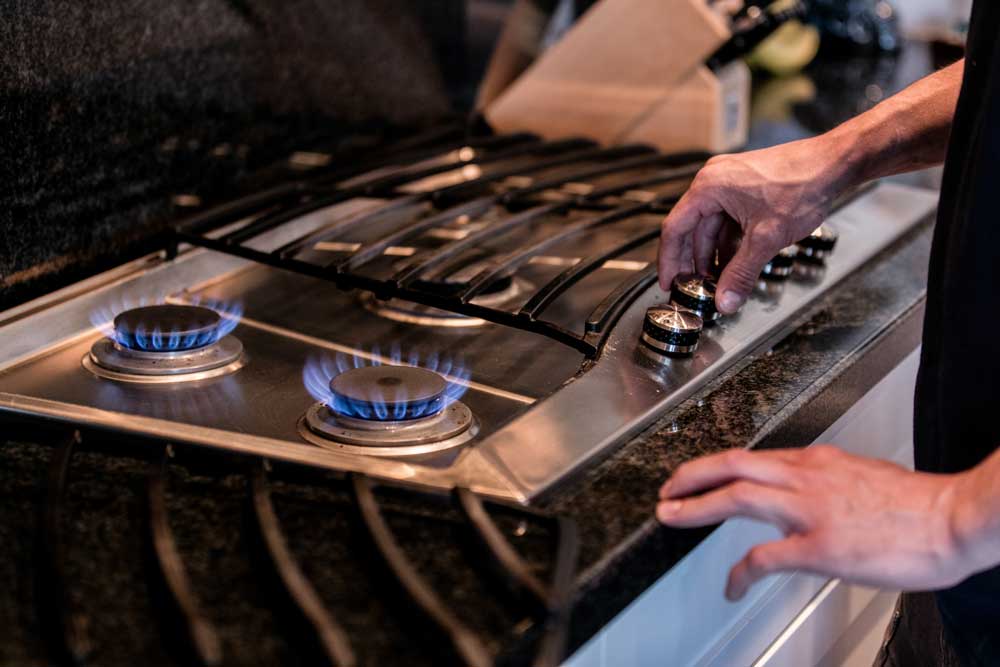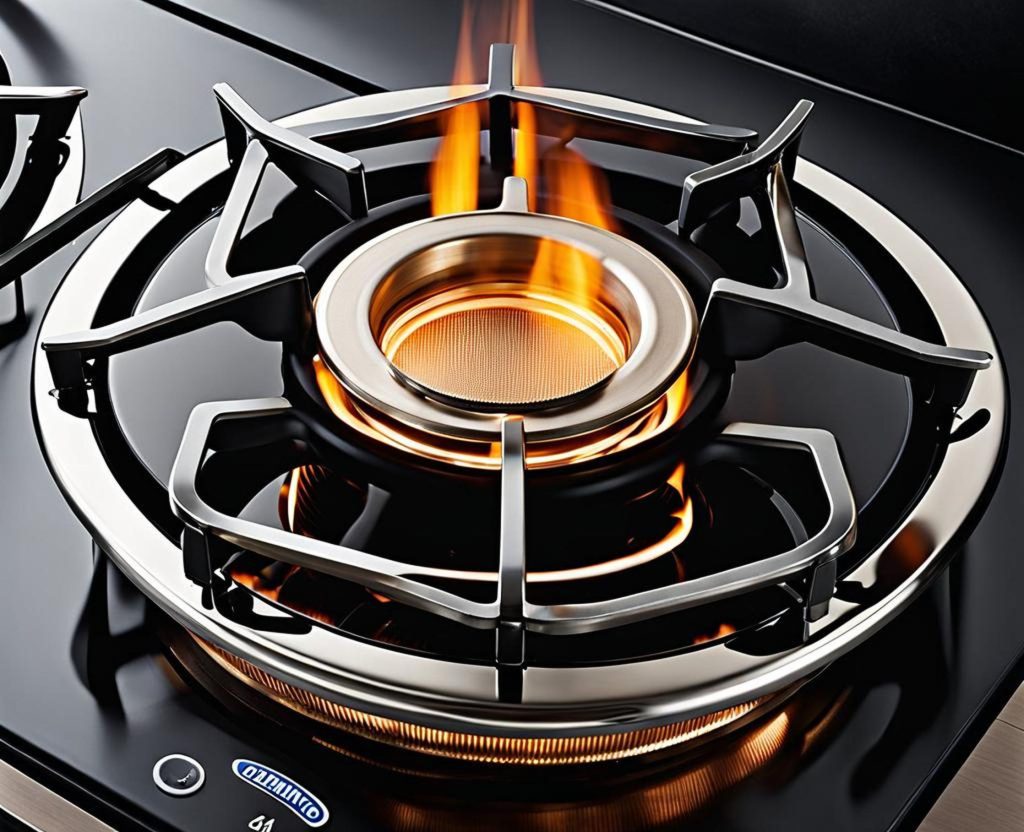Electric Stove vs Induction Stove
I. Introduction
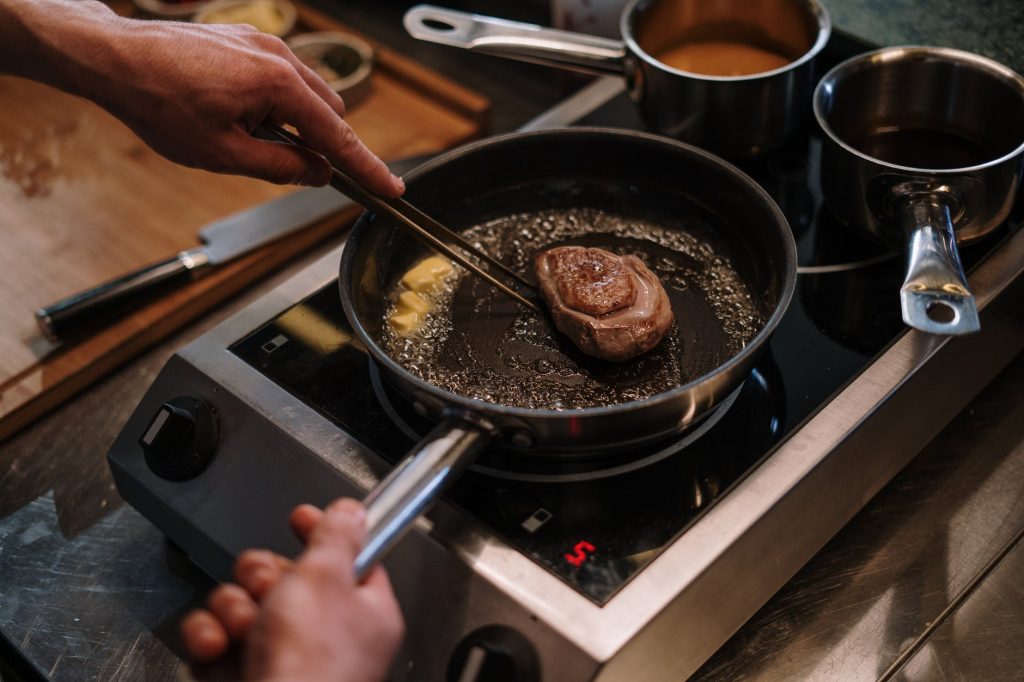
A. Overview of electric and induction stoves Electric stoves use heating elements and coil technology to generate heat for cooking, while induction stoves utilize electromagnetic fields to directly heat the cookware. Both types have their own advantages and disadvantages.
B. The importance of choosing the right stove for cooking needs Selecting the right stove for your cooking needs is essential. Factors such as cost, compatibility with cookware, heat control, and convenience should be considered to ensure optimal cooking performance.
II. Electric Stove
A. How electric stoves work
- Heating elements and coil technology Electric stoves are equipped with heating elements, usually made of metal coils, called burner elements. When connected to a power source, the coils produce heat, which is transferred to the cookware placed on top of them.
- Heat distribution and control Electric stoves distribute heat evenly across the entire cooking surface, allowing for consistent cooking. Heat control is typically managed through a series of dials or buttons that adjust the intensity of the heating elements.
B. Advantages of electric stoves
- Lower initial cost, wider availability Electric stoves are more affordable compared to induction stoves and are widely available in many households. They are also compatible with various types of cookware, including stainless steel, cast iron, and glass.
- Compatibility with various cookware types Electric stoves can be used with a wide range of cookware materials, making them versatile for different cooking needs. They provide even heat distribution to ensure consistent cooking results.
- Simplicity of use and easy maintenance Electric stoves are simple to operate and require minimal maintenance. They do not require special cleaning or care instructions, making them convenient for everyday use.
C. Drawbacks of electric stoves
- Slower heat-up and cooldown times Compared to induction stoves, electric stoves typically have slower heat-up and cooldown times. This can result in longer cooking durations and delays in adjusting heat levels.
- Less precise temperature control Electric stoves often have less precise temperature control compared to induction stoves. The heat output may fluctuate, making it challenging to achieve precise cooking temperatures.
-
Potential heat loss and longer cooking times Electric stoves transfer heat from the heating elements to the cookware, which can result in heat loss in the process. This may lead to longer cooking times and less energy efficiency.
III. Induction Stove
A. How induction stoves work
- Induction technology and electromagnetic fields Induction stoves use electromagnetic fields to generate heat directly in the cookware. When the power is turned on, an electric current flows through the coil beneath the cooktop, creating a magnetic field. This magnetic field induces an electric current in the cookware, generating heat through resistance.
- Direct heat transfer to cookware Unlike electric stoves, induction stoves heat the cookware directly rather than heating the surface of the stove. This provides precise and efficient heat distribution, resulting in faster and more even cooking.
B. Advantages of induction stoves
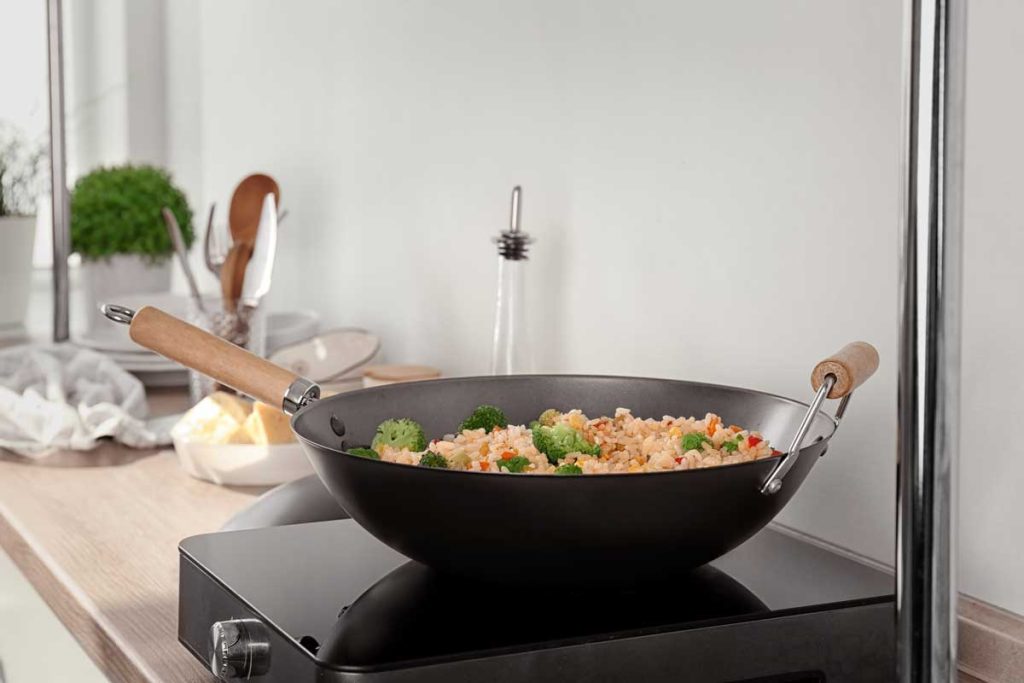
- Fast and efficient heating Induction stoves offer quick and efficient heating. The heat is generated directly in the cookware, allowing for rapid temperature increase and responsive heat control. This enables faster cooking times and makes induction stoves ideal for those who require speed in their cooking.
- Precise temperature control and faster cooking times Induction stoves provide precise temperature control, allowing for accurate adjustments to achieve desired cooking temperatures. This level of control enables better cooking results and reduces the risk of overcooking or burning food. Additionally, the fast heat response of induction stoves contributes to shorter cooking times.
- Improved safety and energy efficiency Induction stoves have several safety features that distinguish them from electric stoves. The absence of open flames or red-hot heating elements reduces the risk of burns or accidental fires. Induction stoves also offer energy efficiency since heat is directly transferred to the cookware, minimizing heat loss and energy waste.
C. Drawbacks of induction stoves
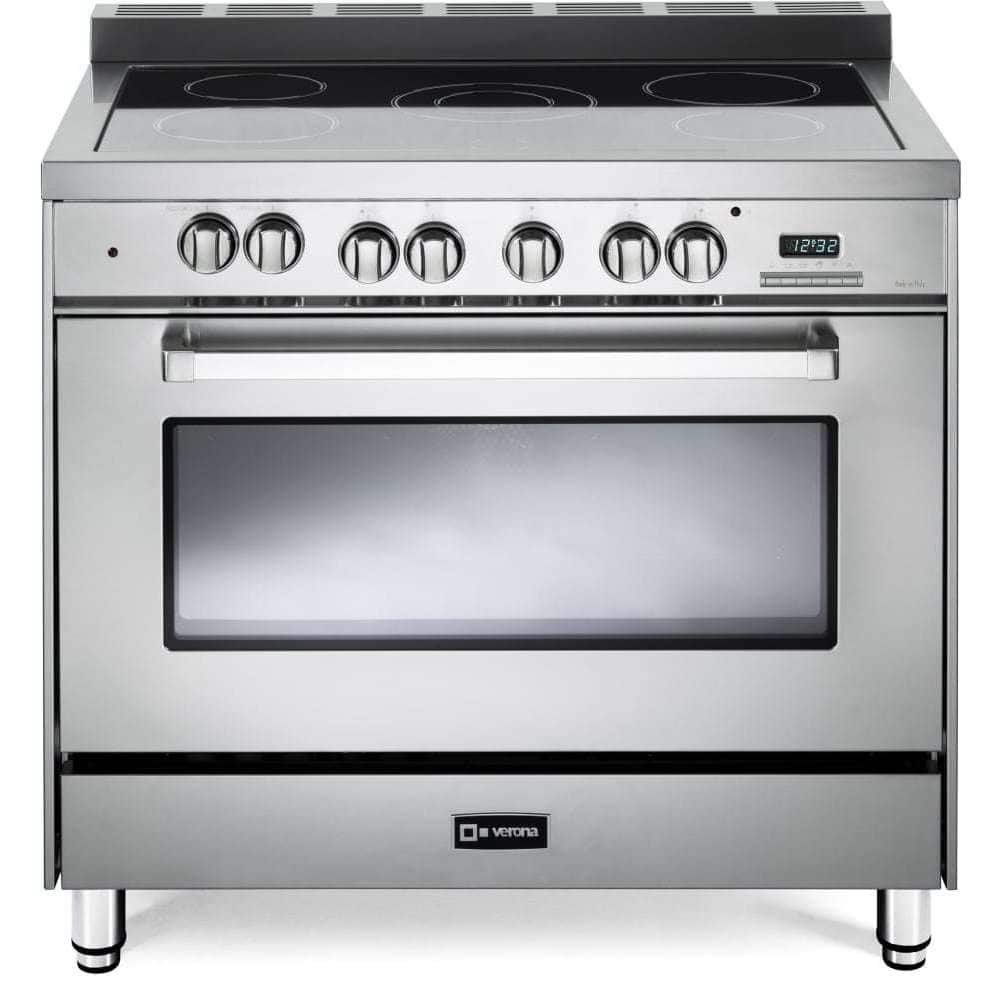
- Higher initial cost and limited availability Induction stoves tend to have a higher initial cost compared to electric stoves. Additionally, they may have limited availability in certain regions or markets. However, the prices of induction stoves have been gradually decreasing over time.
- Compatibility with specific cookware types Induction stoves require cookware made of magnetic materials, such as cast iron or stainless steel. Cookware made of aluminum, copper, or glass will not work on an induction stove unless they have a magnetized base. This requirement may necessitate purchasing new cookware for those transitioning from electric or gas stoves.
- Noise and potential for electromagnetic interference Induction stoves can emit a humming noise during operation, though the level of noise varies between models. Additionally, some induction stoves may interfere with certain electronic devices due to the electromagnetic fields they generate. However, advancements in technology have significantly reduced these issues.
IV. Comparison and Considerations
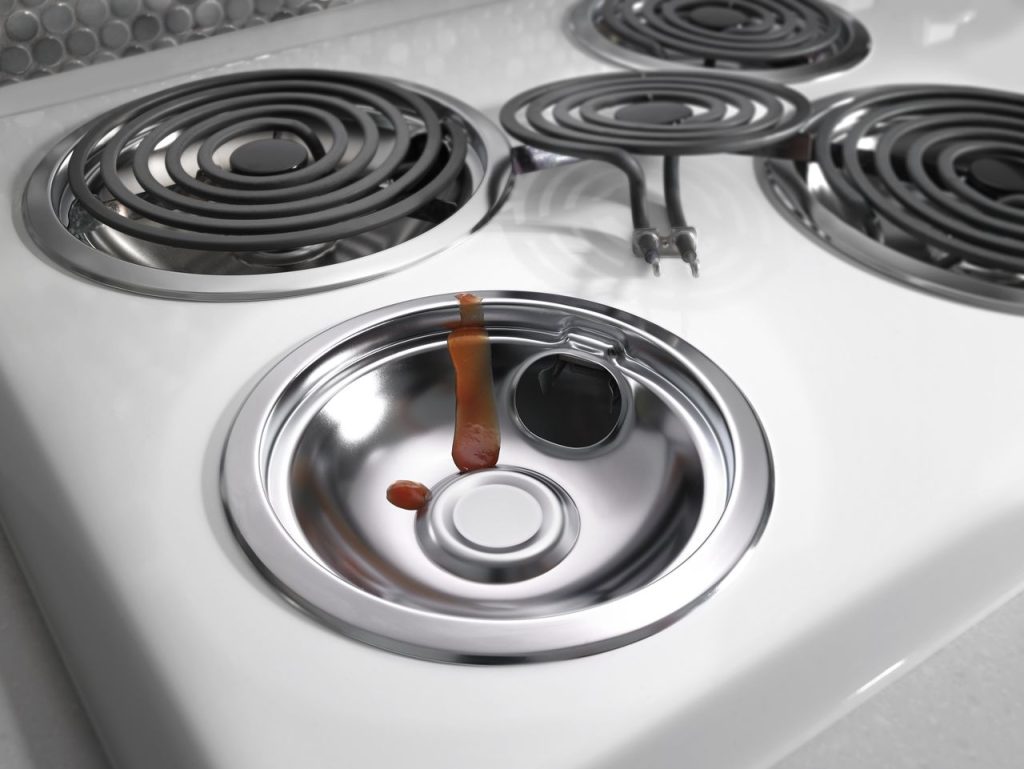
A. Energy efficiency and cost effectiveness
Induction stoves are generally more energy-efficient than electric stoves because they heat the cookware directly, resulting in less heat loss. However, the initial cost of induction stoves may be higher.
B. Cooking performance and temperature control
Induction stoves offer precise temperature control, allowing for accurate and responsive adjustments. They also provide faster cooking times due to the direct heat transfer. Electric stoves may have slower heat-up and cooldown times and less precise temperature control.
C. Safety features and maintenance requirements
Induction stoves offer safety features such as automatic shut-off and cool-to-touch surfaces. Maintenance requirements are minimal, with easy-to-clean surfaces and no heating elements to clean. Electric stoves require regular cleaning of the coils and drip pans.
D. Compatibility with cookware and overall versatility
Electric stoves are compatible with a wide range of cookware materials, while induction stoves require magnetic cookware. However, induction stoves provide greater versatility in terms of cooking techniques, as they can quickly switch between simmering, boiling, and searing.
V. Conclusion
In conclusion, both electric and induction stoves have their own advantages and drawbacks. Electric stoves offer affordability and compatibility with various cookware types, while induction stoves provide fast and efficient heating, precise temperature control, and improved safety. When choosing between the two, consider factors such as energy efficiency, cooking performance, safety features, compatibility with cookware, and personal preferences to make an informed decision that best suits your cooking needs.
